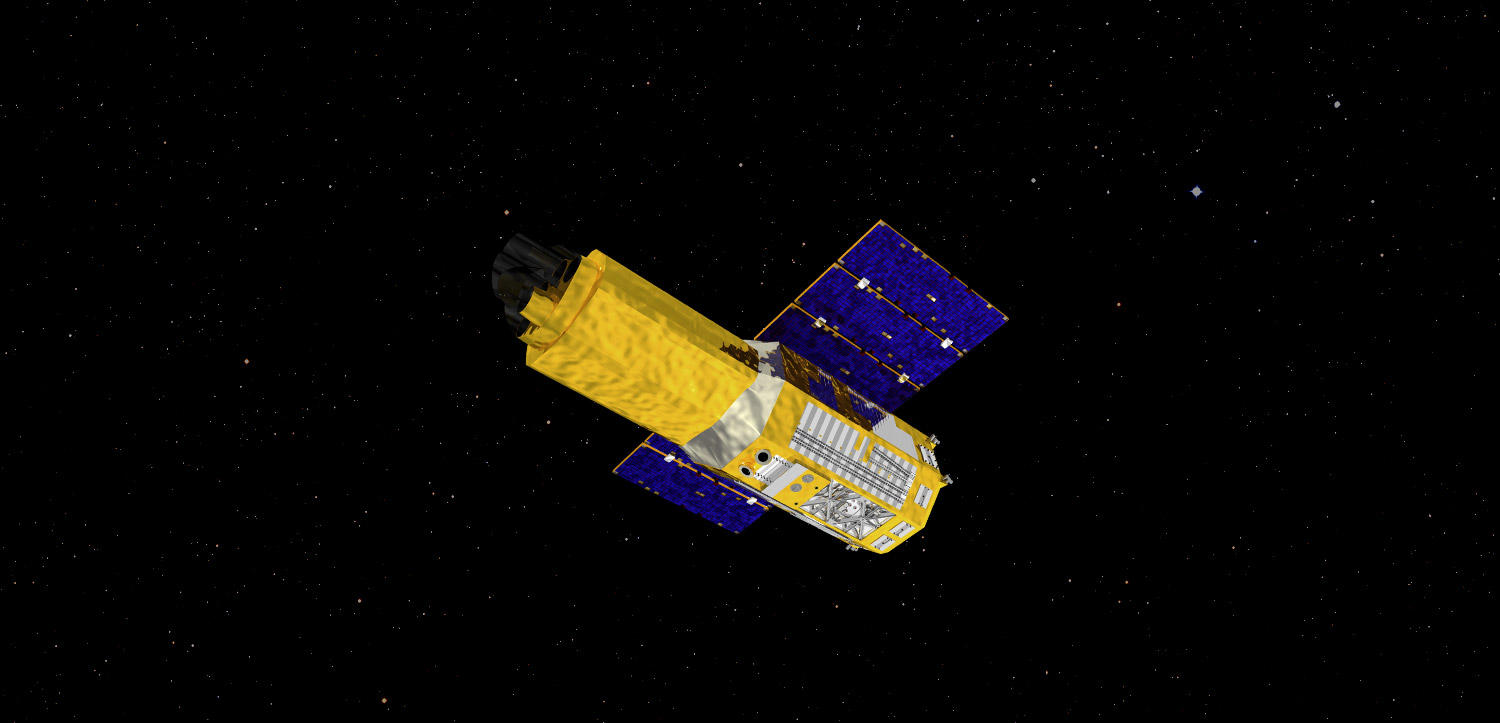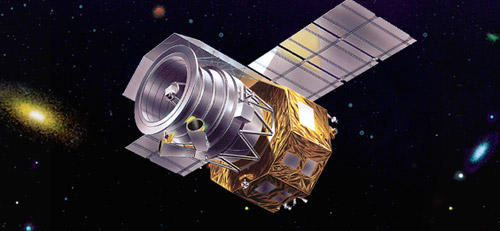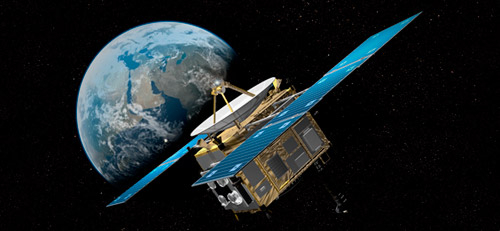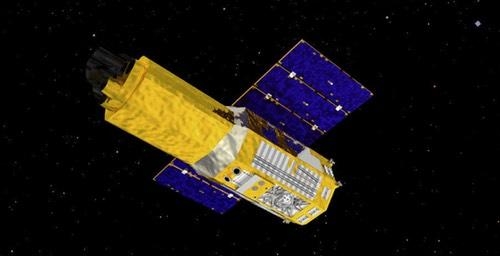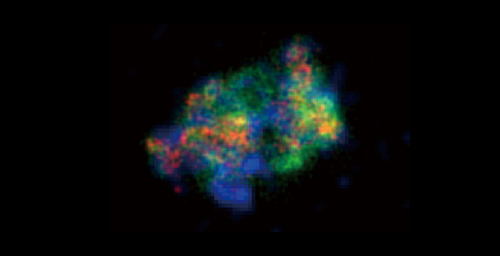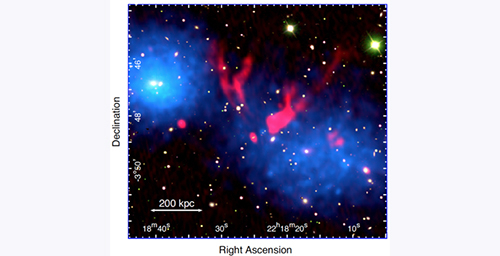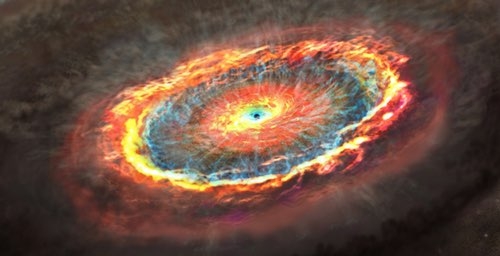Suzaku (ASTRO-E II) is the fifth Japanese X-ray astronomy satellite. It was developed under Japan-US international collaboration and was launched in 2005, from JAXA Uchinoura Space Center. Suzaku is a red bird in asian mythology, one of the four guardian animals, protecting the southern skies.
After its 10 years long scientific operation, Suzaku completed scientific observations in 2015. It has achieved important scientific results by demonstrating excellent observation capabilities such as achieving the world's highest level of sensitivity.
| Name (pre-launch in parentheses) | SUZAKU (ASTRO-EII) |
|---|---|
| International Designation Code | 2005-025A |
| Objectives | Scientific objectives of SUZAKU (ASTRO-EII) follow: 1. Study of hot plasmas in terms of line X- and gamma-ray ・Plasma diagnostics of various sources over a wide temperature range ・Dynamic motions of plasmas in various X-ray sources Survey of nuclear lines from supernova remnants in our galaxy 2. Study of structure and evolution of the universe ・Evolution of clusters of galaxies ・Search for highly obscured primordial objects 3. Wide band spectroscopy of black hole candidates and active galactic nuclei (AGN) ・Studies of accretion flow into black holes ・Contribution of AGNs to the cosmic X-ray background in the 1 to 1000 keV range. |
| Lunch Date | July 10, 2005 |
| Launch Location | Uchinoura Space Center |
| Launch Vehicle | M-V-6 |
| Weight | 1700 kg at launch |
| Dimensions | 6.5m, 2.0m, 1.9m 5.4m full width at deployment of solar paddle |
| Orbit Altitude | 550km |
| Orbit Inclination | 31° |
| Type of Orbit | Circular |
| Orbital Period | 96 min. |
| Scientific Instruments | The SUZAKU (ASTRO-EII) carries five soft X-ray telescopes and one hard X-ray telescope. The soft X-ray telescopes consist of five X-ray mirrors XRT and five focal plane detectors, i.e., four XIS detectors and a single XRS detector. The XIS is an X-ray CCD camera which covers an energy range of 0.4-10 keV with a typical energy resolution of 120 eV. The XRS, on the other hand, is an array of X-ray micro-calorimeters which covers an energy range similar to the XIS with a typical energy resolution of 12 eV. The basic concept of the mirrors (XRT) is the same as those of ASCA (Serlemitsos, et al., 1995) except that newly developed replica foils are employed. The mirrors will have a finer imaging capability (about 1 arcminute half-power diameter) and a larger effective area, in total, than those of ASCA. Their diameter will be 40 cm and their focal lengths will be 4.5 m for XRS and 4.75 m for XIS. NASA-GSFC, Nagoya University and ISAS are responsible for the development of the XRT. ・XRS The prime instrument on SUZAKU (ASTRO-EII), the XRS is a high-resolution X-ray spectrometer to measure the spectra of X-ray sources. The instrument was built by ISAS and NASA, and uses an array of X-ray micro-calorimeters and foil mirrors to achieve an unprecedented combination of high resolution and large collecting area. The XRS is expected to last for 2 years, by which the solid neon that keeps the detectors cold will all have melted. The other instruments on the spacecraft will continue to operate for several years. ・XIS XIS consists of four CCD X-ray imaging spectrometers, also using foil mirrors, which provide images of X-ray sources. The detectors are being built by Osaka Univ, Kyoto Univ, and MIT. ・HXD HXD (the hard X-ray detector) is a hard X-ray detector designed to observe high-energy (10-700 keV) X-rays. The HXD utilizes well-type phoswich counters with embedded silicon detectors currently developed by the University of Tokyo and ISAS. The HXD consists of 16 (4 x 4) modular units and has an overall photon collecting area of about 350 cm2. Each unit is a phoswich counter comprising a GSO fast scintillator and an active BGO anticoincidence shield. |

